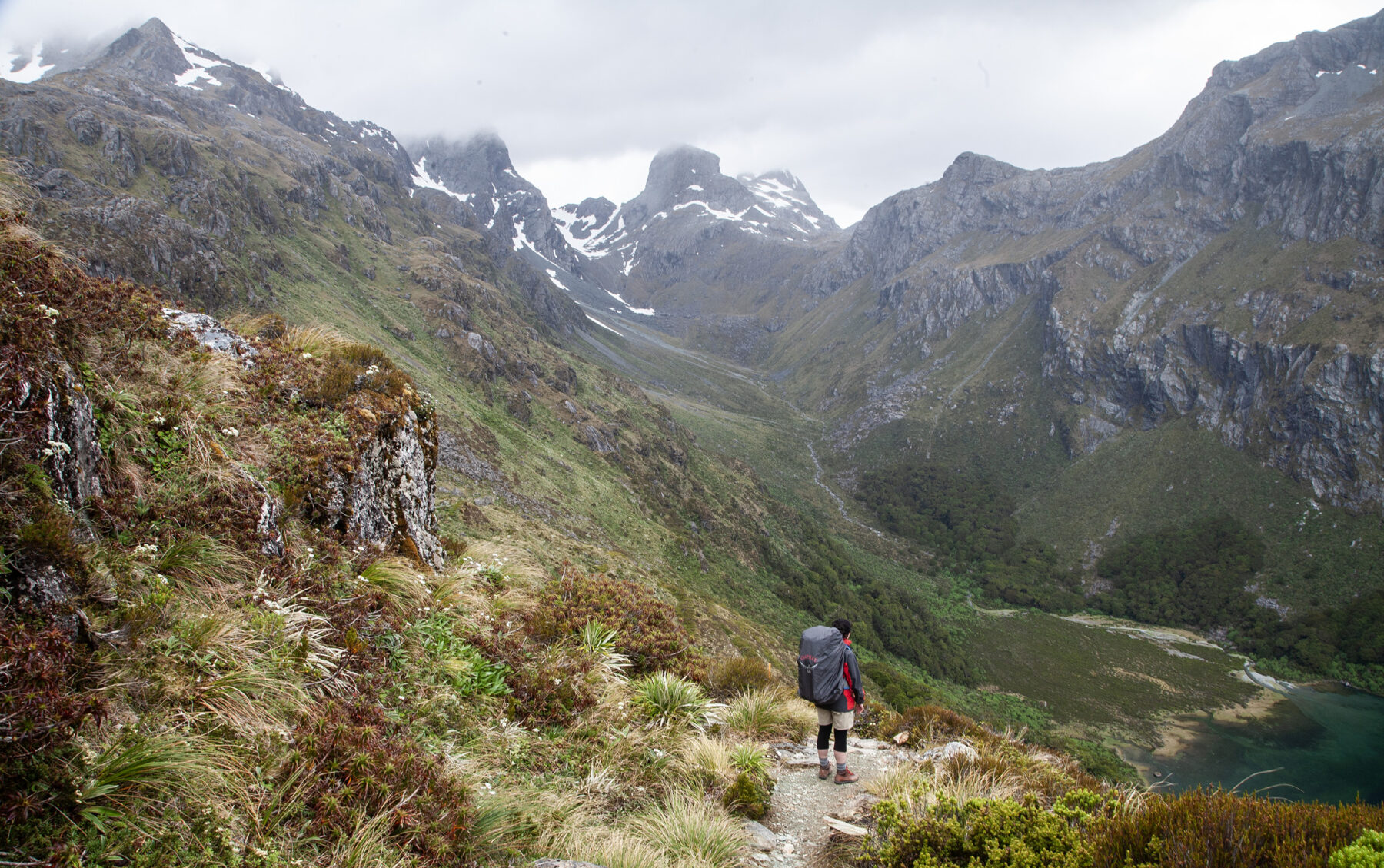FOR 12 HOURS we’d been hiking into thin air, climbing towards one of the highest and harshest points in Africa, the endless sprawl of the Ethiopian plains like a dull brown ocean below. The effort on this summit day on 4550m Ras Dashen had been telling. Half of the group had turned back before reaching the summit and beside me fellow trekker Greg was in trouble, falling every few steps as his legs crumpled beneath him. By the time we reached camp, 1200m below the summit, the only thing we had left was exhaustion.
If I’d been hiking independently, I’d probably have scraped a smudge of peanut butter across a cracker and called it dinner. Instead, our trekking crew of guides and porters had been busy. Between tending to trekkers, a goat had been slaughtered for dinner. Villagers had wandered in to form a welcoming party. There was song, dance, hugs and even garlands to celebrate our return from the mountain.
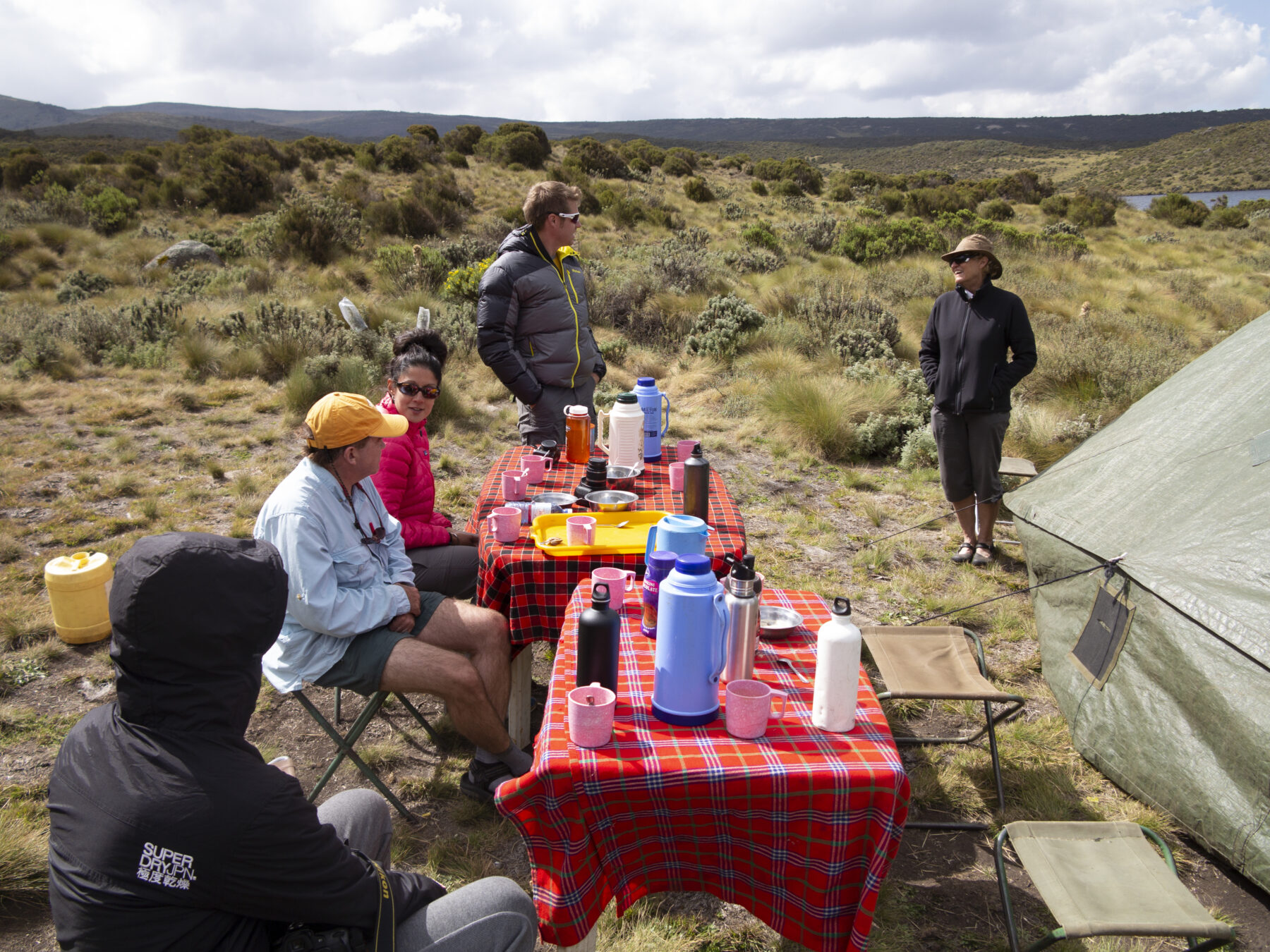

As I sat doing nothing but enjoying the ache of fatigued success, with activity and food swirling around me, I thanked the Ethiopian gods (Emperor Haile Selassie, for the Rastafarians in the room) that I’d come in a guided group, and that all I’d had to do was drag my feet to the highest point in the country.
And yet I also wondered if my success was somehow diluted because it had been so dependent on others. I’d been guided and goaded to the summit, placing everything but my feet and a daypack in the hands of guides and porters.
It was the age-old mental wrestle, the question that divides hikers: to trek guided or unguided?
The guiding light
It can often seem that there are two types of people in the hiking world: those who’ll only trek independently and those who prefer to walk guided. The former might be more evangelical about the purity of their experience, but there are undoubted benefits to having more experienced, better equipped feet and fingers pointing the way.
Guided trips cover the gamut of walking experiences, from gourmet gambols in Tasmania to altitude-busting trekking peaks in Nepal, allowing trekkers to begin as gently as they like and progressively step beyond their comfort zones with a feeling of security and confidence. There’s typically emergency backup and support on tap, with professional guides making all the important calls along the trail.
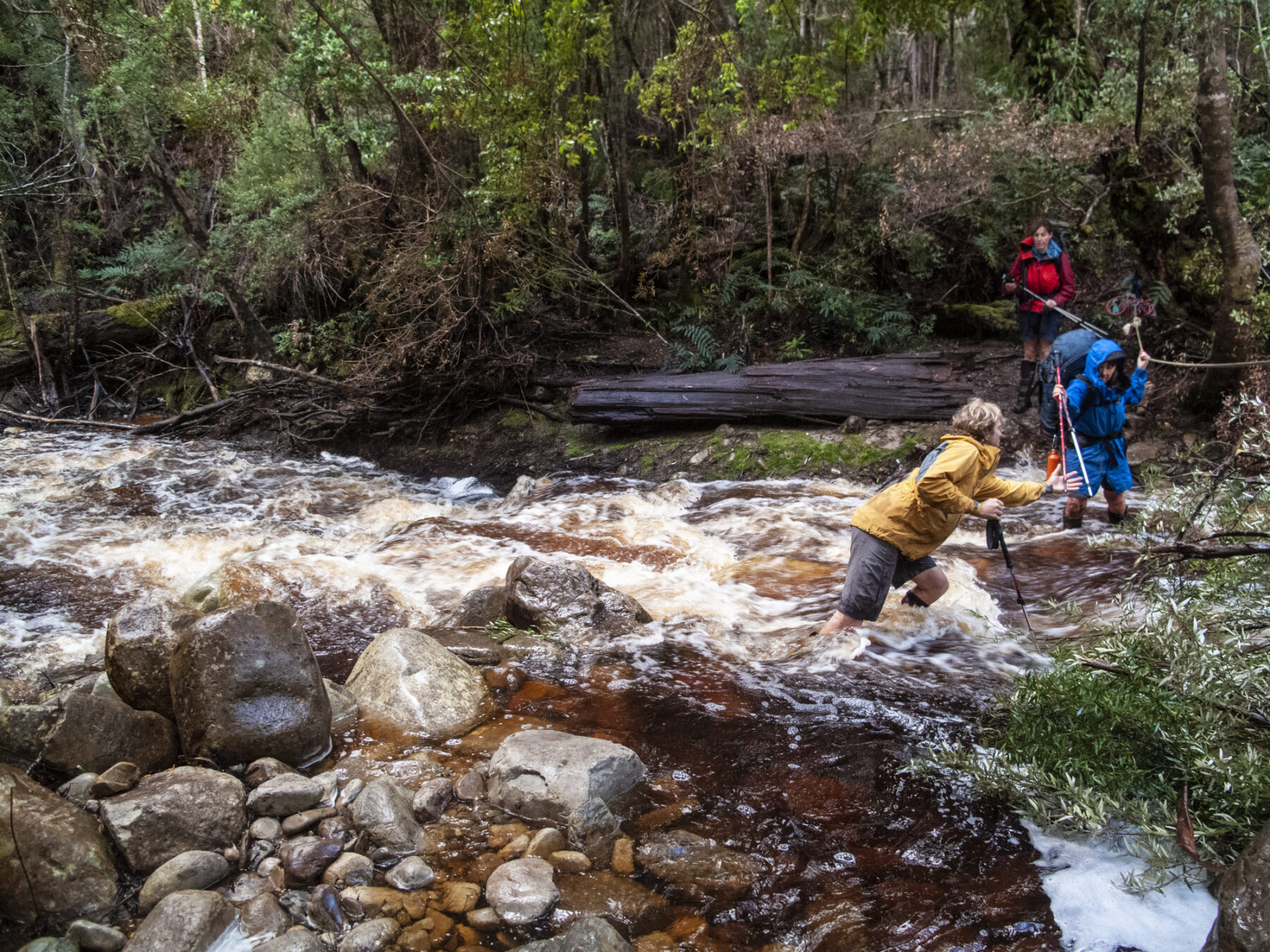
It’s a way to smooth the path, not only as you walk, but also before and after the trek. Transport connections are simplified and the often unfathomably complex logistics of acquiring permits and the like are handled by a knowing guide – without them in some countries, it can be like a blind date with bureaucracy.
The daily slog of a trek is inevitably alleviated, at least to some degree, when guided. Depending on your trek and its operator, meals are typically prepared for you (by a crew of staff in places such as Nepal, or by your guide in richer lands) and tents might be pitched and waiting before you wander into camp. Pack weights are minimised, either by use of porters, food drops or simply through your guides’ abilities to haul heftier loads.
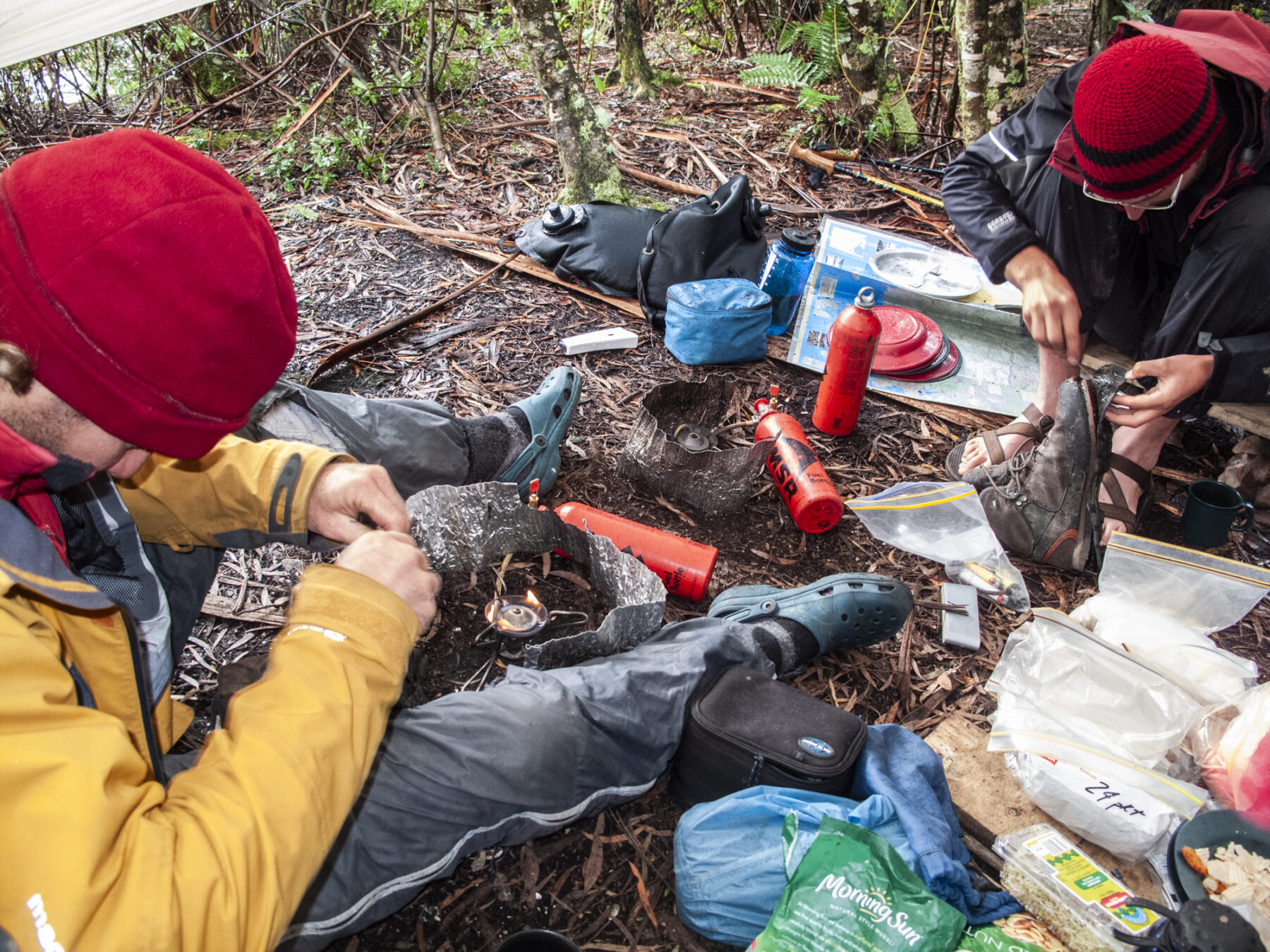
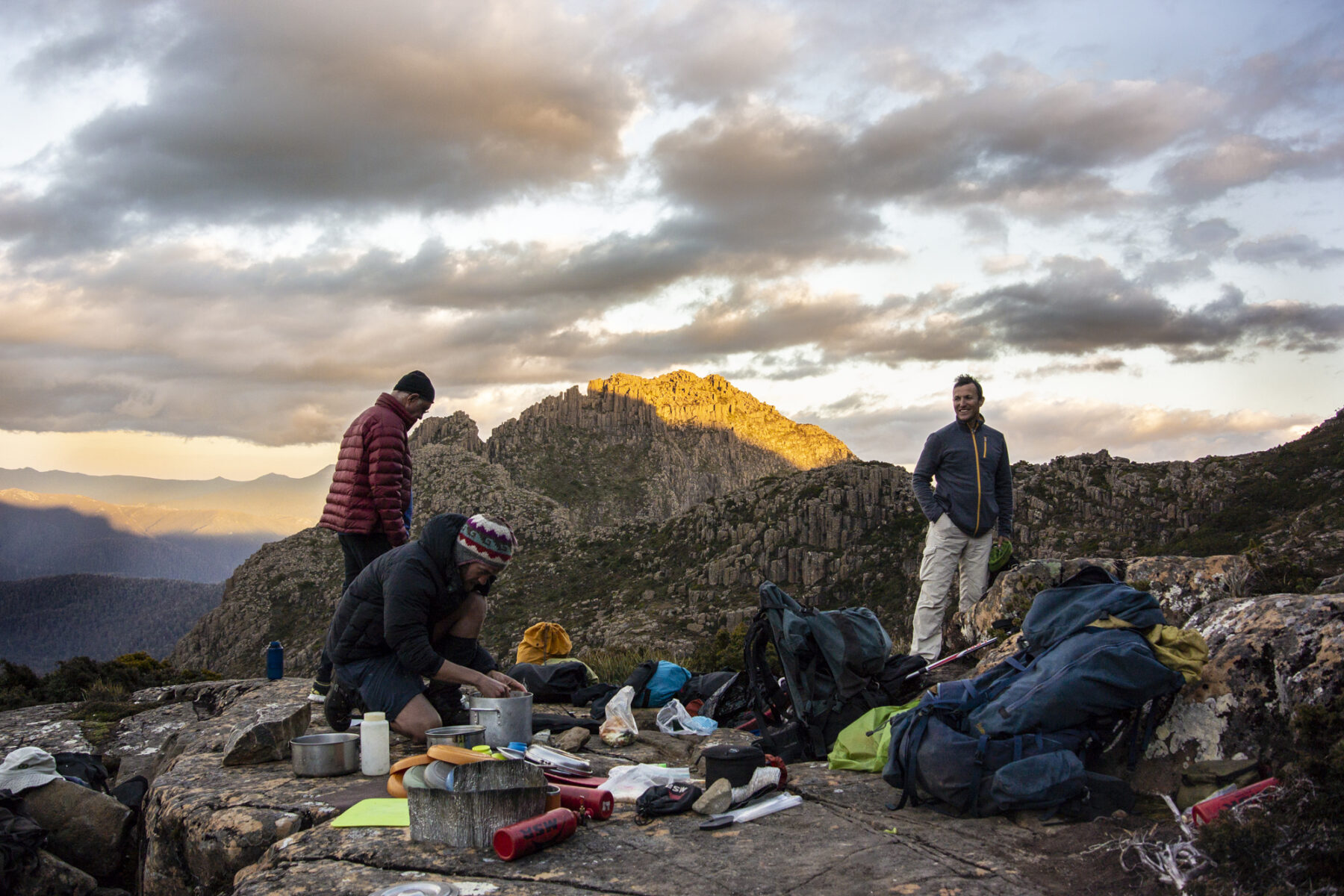
As an example, on Tasmania’s Overland Track independent bushwalkers usually set out with up to 25kg on their backs, while guided walkers on Tasmanian Expeditions’ camping trips along the track might carry 15-17kg. Hikers on the guided Cradle Mountain Huts Walk, staying in private huts along the same track, will carry about 9kg. In New Zealand, guided walkers on the Milford Track can carry as little as 5-6kg.
Big hiking investment, big return
For all this, of course, you pay a literal price – guided walking is more costly. But though money is one of the prime reasons many baulk at a guided trek, former World Expeditions domestic general manager Chris Buykx believes this can often be a false economy.
“Think of all the costs, from big ticket items – tent, shell jacket, backpack – to smaller items – maps, plates, water bottles,” Buykx says. “If you accumulate your kit over time, you don’t really think about it, but it adds up.
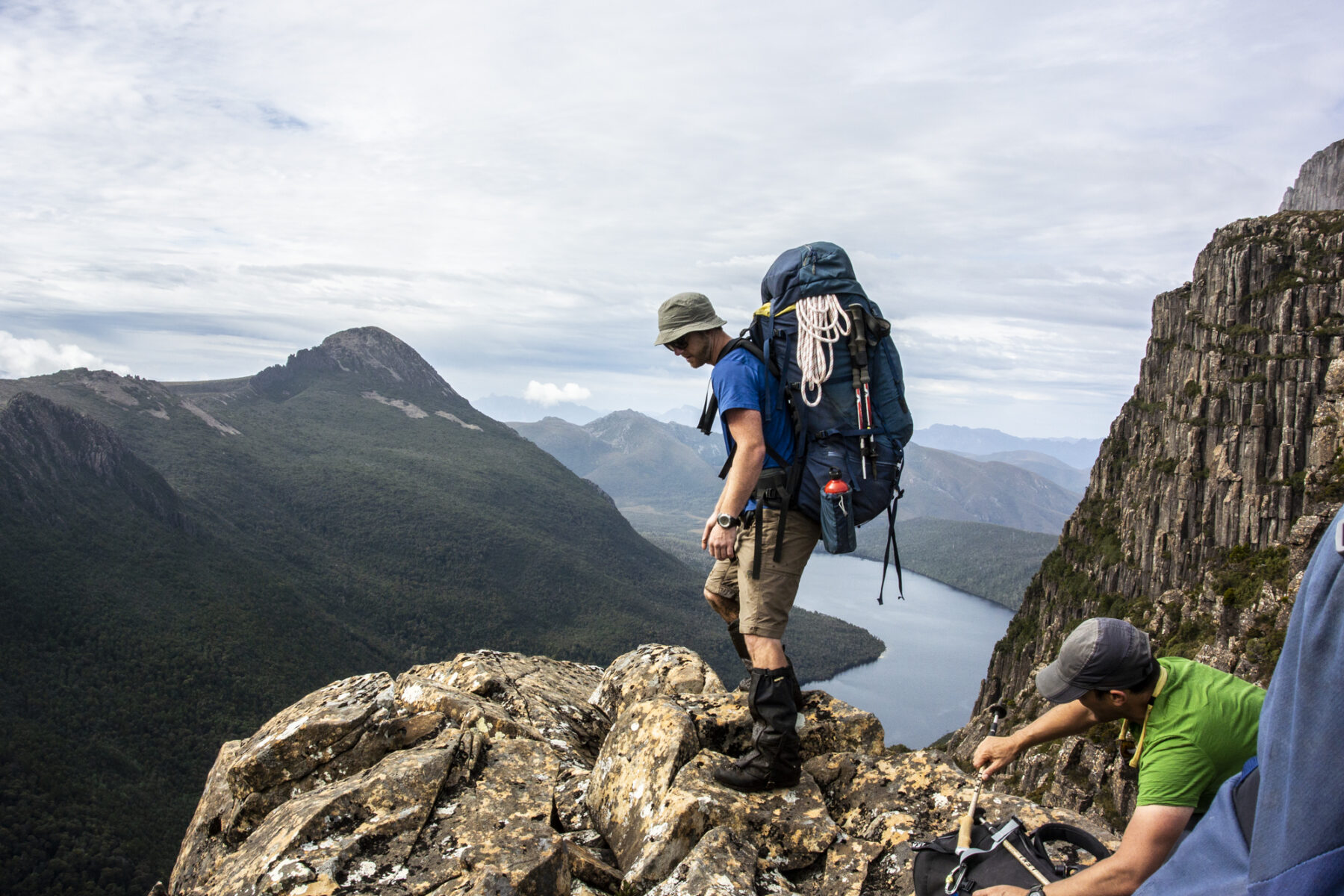
“People also don’t think about the cost savings of your trip failing. Guides are generally so good – they’ve seen it all, know how to manage it – that 99.9 per cent of the time they’ll recover a good trip where an independent trip might fail. For a small group of independent walkers, a minor failure can cascade into a major epic or a trip-ending failure.”
Break it down and it is unquestionably cheaper to hike independently, but often the difference is less than people imagine. You might only see the $2000 price tag on a guided trek, but it’s easy to overlook the accumulation of costs for an independent hike. For instance, a guided private walk on the Milford Track begins at NZ$2595. Hike it independently and hut fees and bus and ferry fares from Queenstown amount to around a quarter of that, at roughly NZ$500, without food and any equipment costs considered.
A guided camping trip on the Overland Track with Tasmanian Expeditions costs $3095. Come unguided and the minor costs quickly accumulate – around $420 for a track booking, parks pass and bus and ferry fares before you’ve even stepped inside a supermarket or gear store.
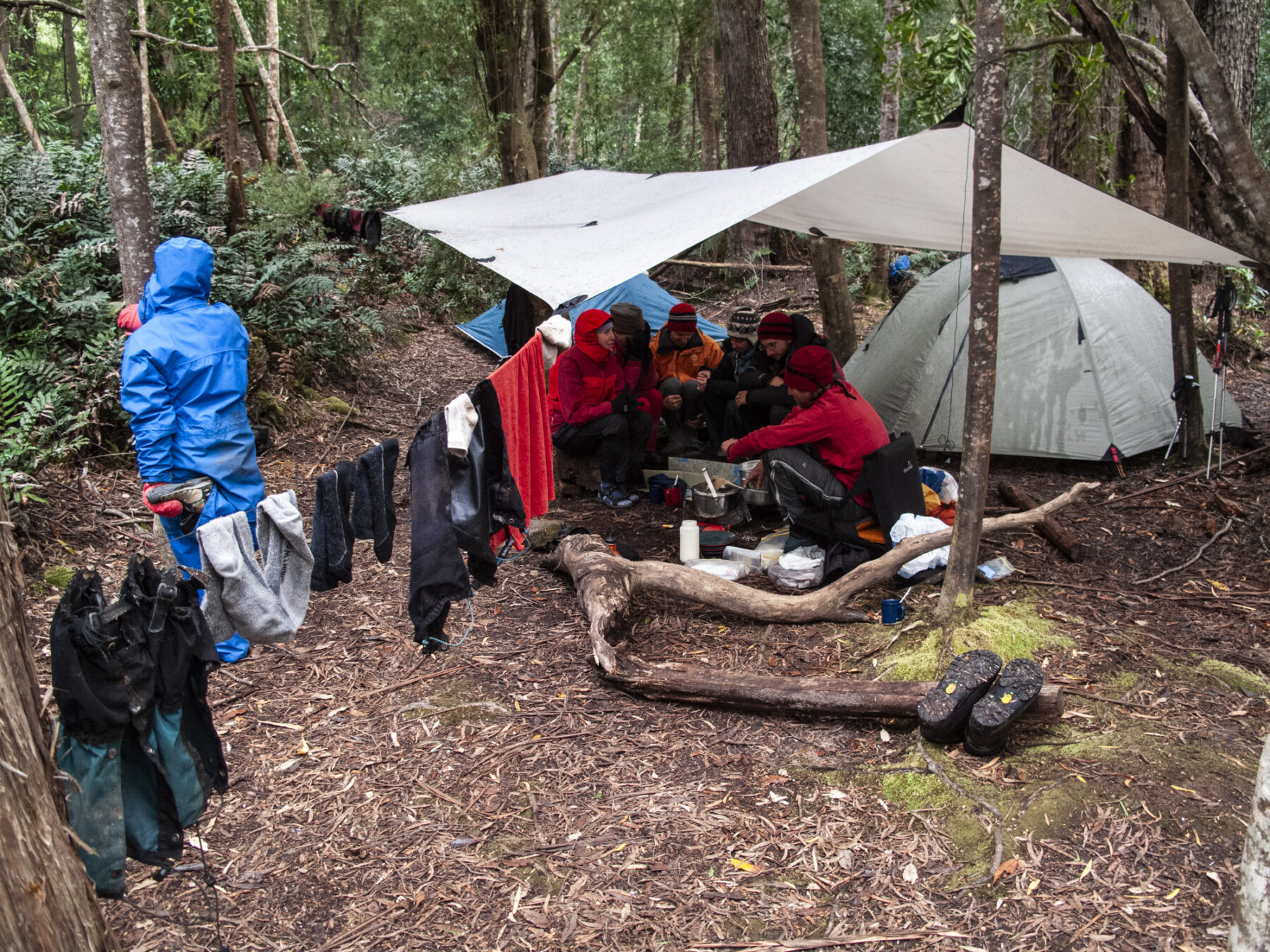
And at what other cost might the monetary savings come?
“In wilderness travel, you put yourself in a position of openness to letting the country work its magic,” Buykx says. “It can be a transformative experience. So much can happen with time and exposure to country, but it can only happen if you’re warm and fed and feeling safe. Otherwise you can be in survival mode only. People get more than they realise (when guided).”
Go your own way
At the risk of stating the bleeding obvious, the overwhelming benefit to independent hiking is the independence. Quite simply, you can make it all up as you go: stride along at your own pace, walk in silence or in chatter, detour as you please, get naked and swim in that trailside stream, pitch your tent in that unexpectedly inviting clearing a few kilometres short of your intended camp.
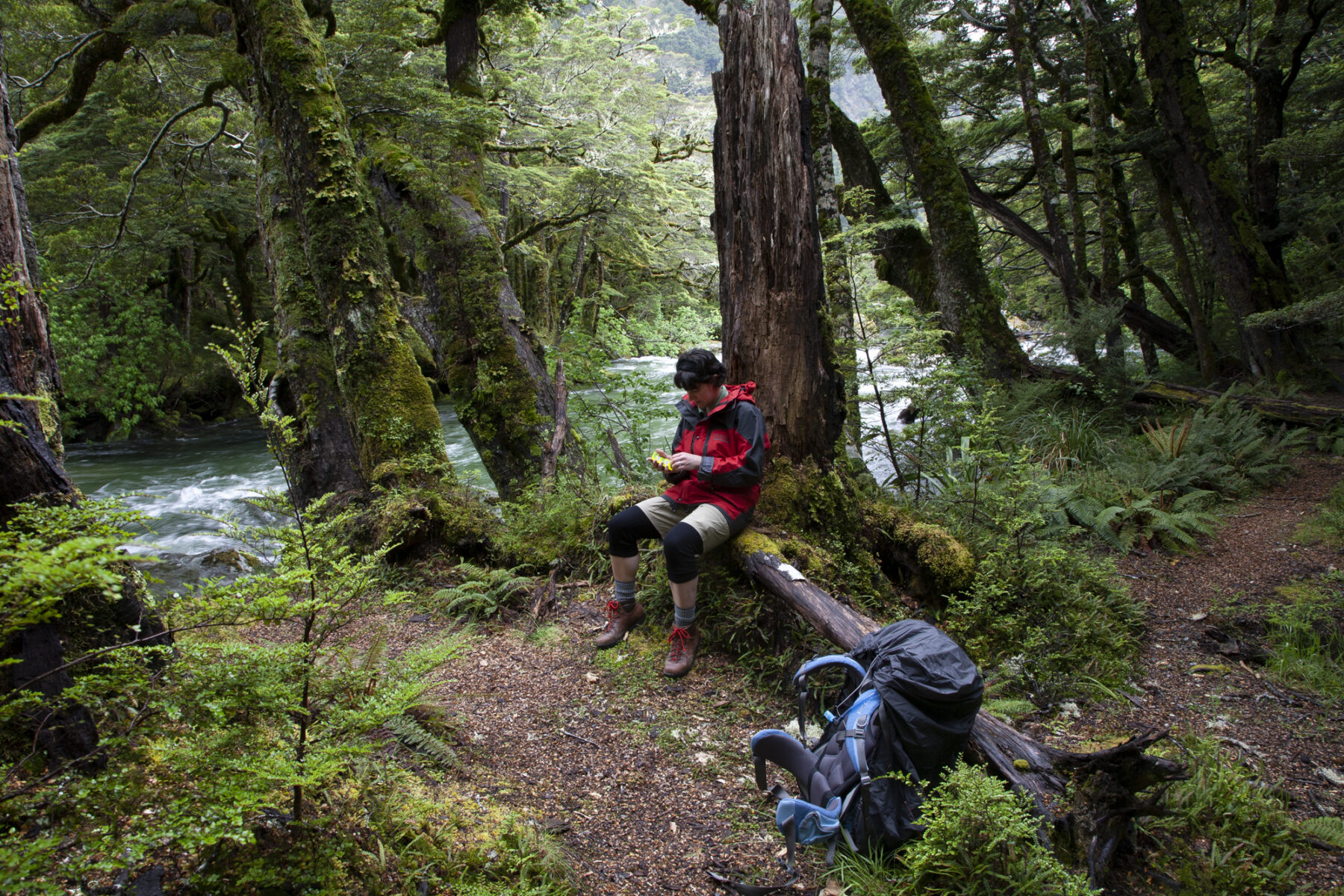
There’s an undeniable freedom to walking independently that is surrendered when you fall into step behind a guide, where the beat of the day is set by others – strangers until a few days before – and any sense of your own decision making evaporates.
For some, that’s a welcome feeling – all walk, no responsibility – but to trek independently is to also constantly sharpen and extend your outdoors skills. Every moment, every thing, depends on you, whether it be the catering and packing, choosing and setting up camp, or making decisions around maps, compasses and navigation. For many, it’s this very sense of self-sufficiency, so absent in modern life, that compels them onto the trail.
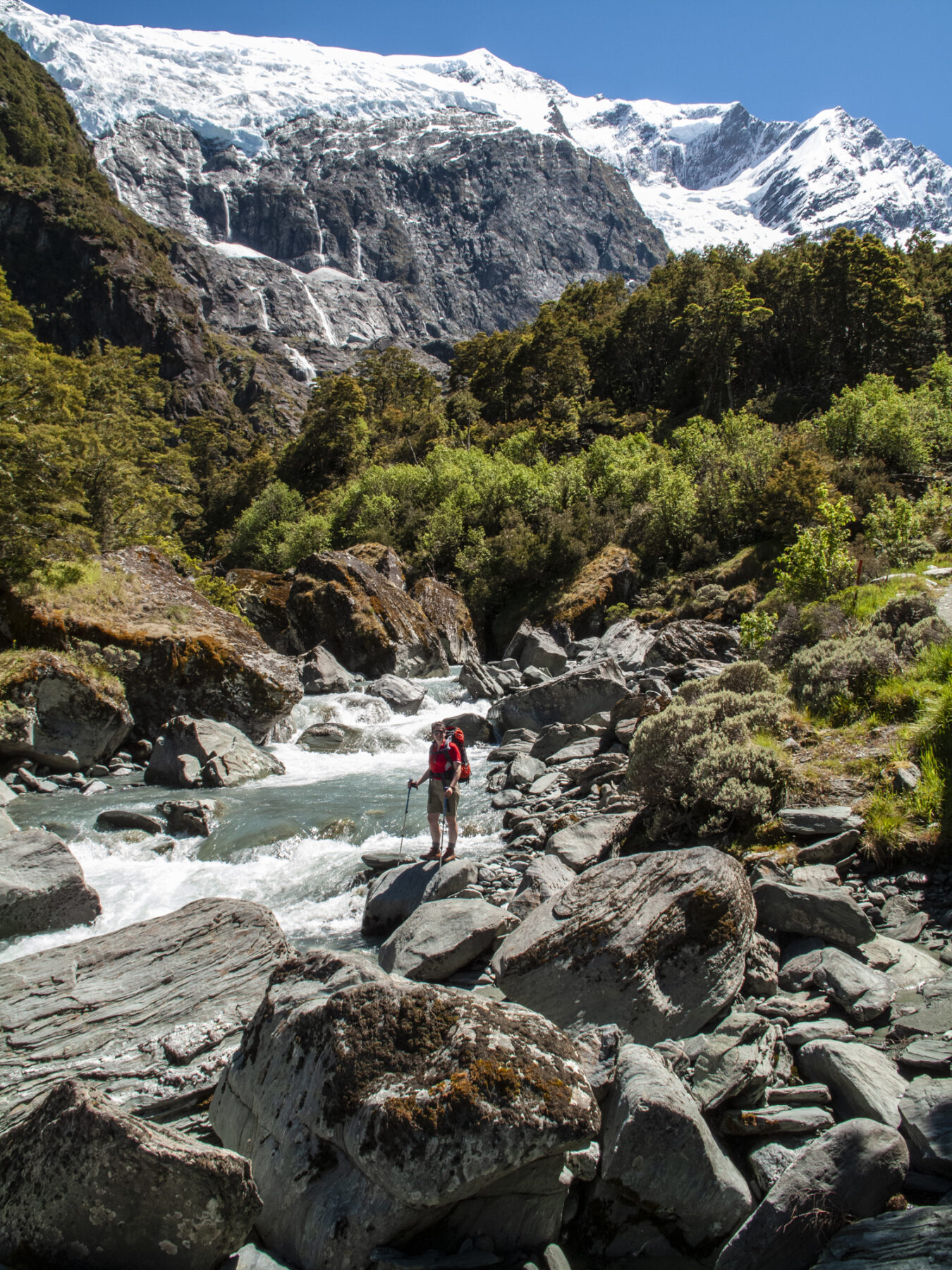

Emergency support may be less readily available as an independent hiker, but that too can be overcome with a little preparation. Personal locator beacons (EPIRBs) can be hired, and a number of businesses also hire out satellite phones.
No missing out when hiking independently
Even if guided trips are the gentlest introduction to trekking, stepping out independently doesn’t need to be a sudden, blind leap into the mountainous unknown. For every 4000km-long Pacific Crest Trail, there’s a three- or four-day amble offering a softly-softly induction into hiking life.
Close to home, New Zealand’s Great Walks are a network of nine well-formed tracks (and one canoe trip), each one taking between three and five days to hike. All are lined with well-equipped huts, meaning you don’t need to carry an Atlas-like weight on your back. On the famed Milford Track, you’ll hike no more than 18km a day; on the nearby Routeburn Track, huts are less than 12km apart.
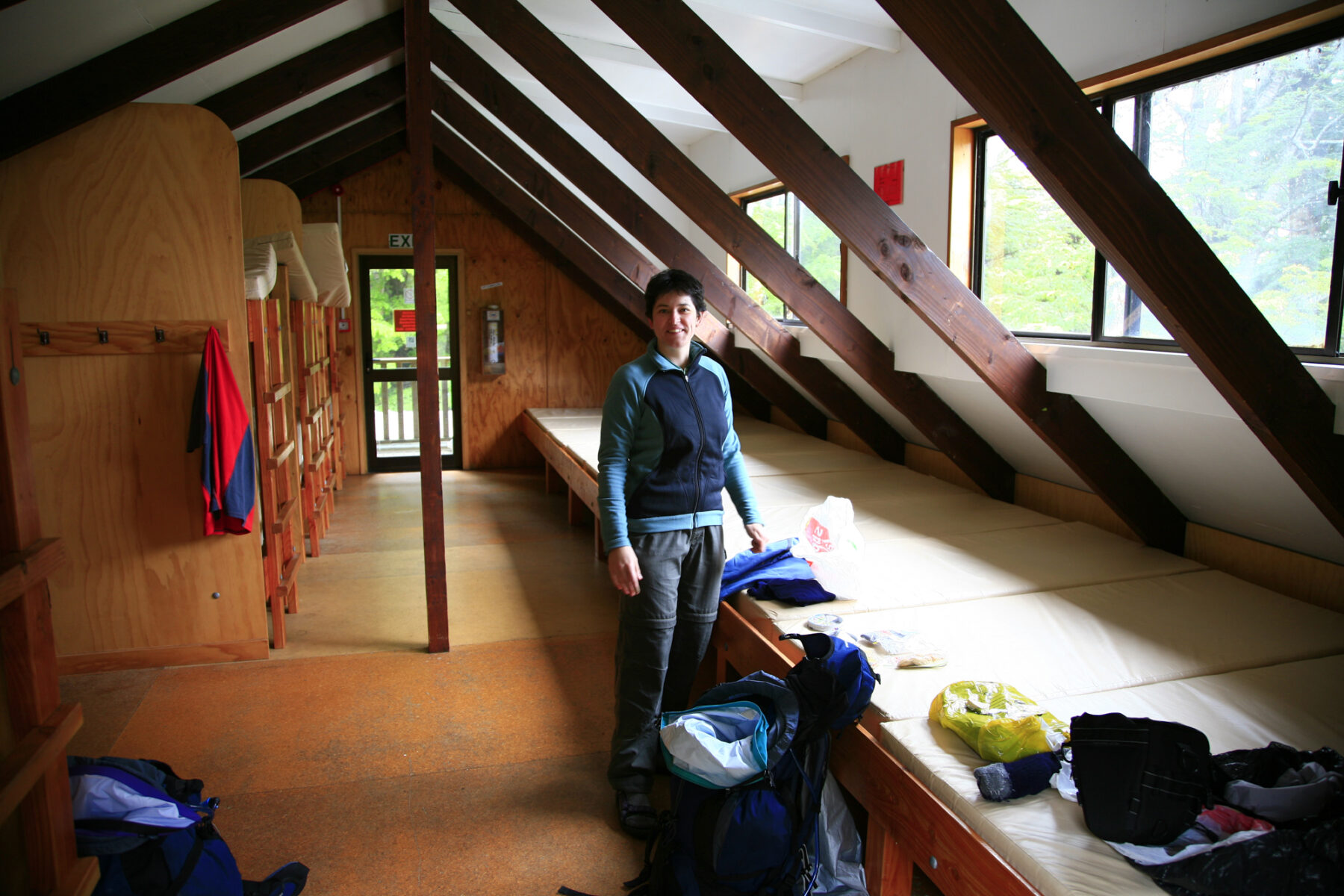
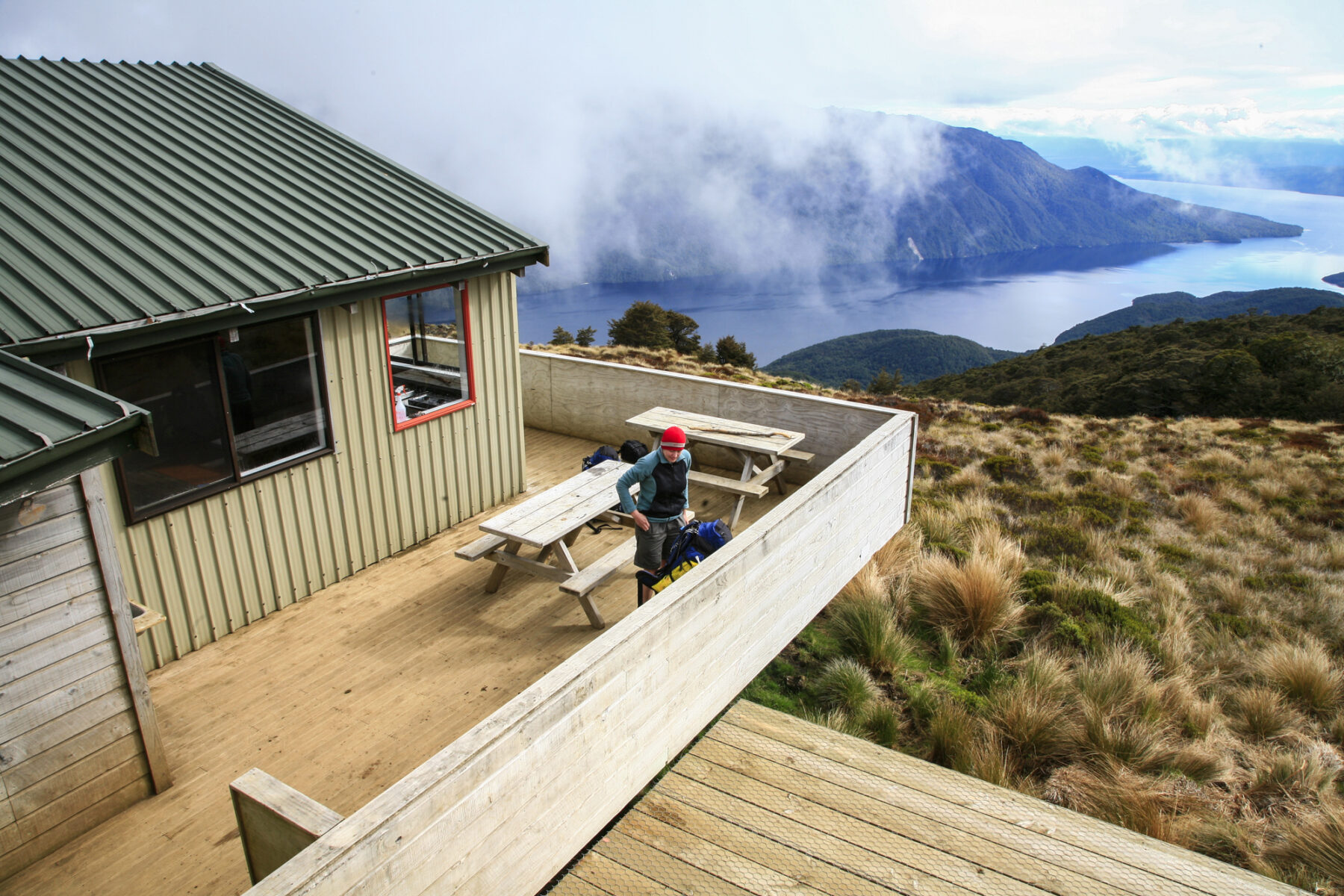
In Australia, good introductory independent tracks include Tasmania’s three-day Freycinet Peninsula Circuit and the ever-popular Overland Track, which is lined with public huts. In easy reach of the country’s two largest cities, the Six Foot Track (NSW) and the southern circuit at Wilson’s Promontory (Vic) are short, accessible opportunities to test drive your mind and body with a full pack on your back. Queensland’s Thorsborne Trail might be the ultimate big-reward-for-little-effort hike, providing a beach and waterfall-rich stroll through tropical Hinchinbrook Island, with no walking day longer than about 10km.
Unless you’re heading into the wilderness, independent trekking also opens the potential for greater interaction with local people. In many countries, trekking can be as much a window on culture as it is on nature. Wandering alone or with a few friends, you tend to be more approachable than a herd of trekkers, and you’re hopefully freer to accept those invites to sit for a chat, or a feed or even to stay the night.
It’s a feature trekking companies have recognised, with some now building interactions – evenings with traditional landowners along the Larapinta Trail, coffee ceremonies in the Simien Mountains – into their trekking itineraries. But random, chance encounters still typically fall to those who come without group or agenda.

Then, of course, there’s that final, decisive factor for many hikers: dollars. However you crunch the numbers, it is cheaper, if not easier, to hike under your own guidance, even if it is only by a matter of degrees on some of the pricier trails.
Spend $700 on a decent three-season hiking tent and carry it across even 10 treks, and it’s a $70-per-outing investment in accommodation. It’s a very small price to pay for the million-dollar views at those irresistible, surprise camp spots you only find when you’re out on your own.
Whichever way you end up going independently or with a guided group on your next multi-day hike, don’t forget you can always ‘mix it up’ and try the other option the following time. After all, regardless of which way you choose to enjoy hiking in the outdoors, both offer that same sense of freedom combined with immersion in our wild world. That’s a win for both options, we reckon!
